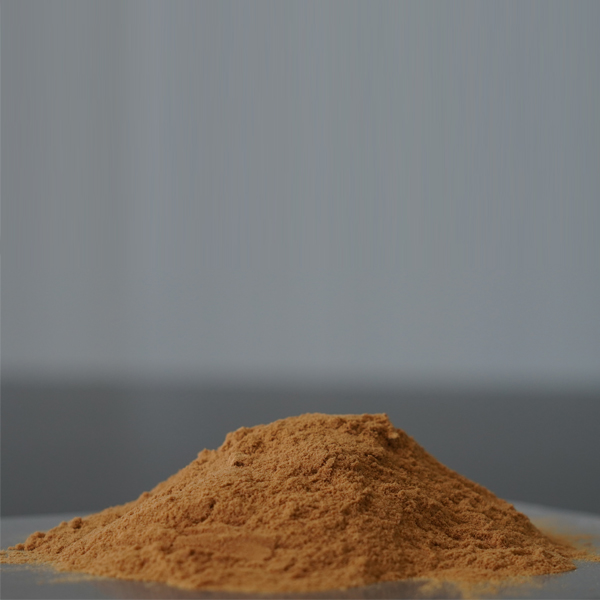
News
жнів . 21, 2024 12:24 Back to list
Characterization of Polyaspartic Acid Using Infrared Spectroscopy Techniques for Advanced Applications
Polyaspartic Acid and Its Infrared Spectroscopic Analysis
Polyaspartic acid, a derivative of aspartic acid, has garnered significant attention in various fields such as biochemistry, pharmaceuticals, and materials science due to its unique properties and applications. This polymeric amino acid is characterized by its high molecular weight and its ability to form versatile functional groups, making it an important compound for study and application. One of the key techniques used to investigate the structural and functional characteristics of polyaspartic acid is infrared (IR) spectroscopy.
Polyaspartic Acid and Its Infrared Spectroscopic Analysis
The IR spectrum of polyaspartic acid typically features several key absorption bands. The broad and intense absorption band around 3200-3500 cm⁻¹ corresponds to the O-H stretch of the carboxylic acid functional group. This band is indicative of polyaspartic acid's ability to engage in hydrogen bonding, which plays a crucial role in its solubility and interaction with other molecules. The peak around 1650 cm⁻¹ is associated with the C=O stretching vibration of the amide group, highlighting the polymer's structural complexity. Additionally, the bands observed in the region of 1400-1600 cm⁻¹ reflect the bending vibrations of the N-H and C-N bonds, further confirming the presence of amine structures.
polyaspartic acid infrared

One of the most striking features of polyaspartic acid, observable through IR spectroscopy, is its ability to form complexes with metal ions. The presence of the carbonyl and carboxyl groups allows polyaspartic acid to chelate metal ions, making it a potential agent in various applications, including drug delivery and bio-remediation. When polyaspartic acid interacts with metal ions, characteristic shifts in the IR spectrum can indicate the formation of complexes, as changes in bond vibrations occur due to the alteration of electron density around these functional groups.
In addition to its structural insights, IR spectroscopy also aids in monitoring the thermal stability and degradation of polyaspartic acid. By subjecting the polymer to varying temperatures and analyzing the resulting spectra, researchers can identify changes in functional group stability. For example, the loss of the O-H absorption peak at higher temperatures might indicate thermal degradation or cross-linking phenomena, which are pivotal for applications in coatings, adhesives, and composites.
Moreover, the development of polyaspartic acid-based materials has led to the exploration of its potential in creating environmentally friendly alternatives to conventional plastic materials. By substituting petroleum-based products with bio-derived polymers like polyaspartic acid, there is the potential for a more sustainable approach to material science. Understanding the polymer’s structure and behavior through IR spectroscopy can guide researchers in optimizing its properties for specific applications.
In conclusion, polyaspartic acid is a versatile polymer with a multitude of applications across various industries. The application of infrared spectroscopy has proven indispensable in elucidating its structural characteristics and understanding its interactions with other substances. By leveraging the insights gained from IR analysis, scientists can further explore and exploit the unique properties of polyaspartic acid, paving the way for advancements in both materials science and biochemistry. The ongoing research in this area holds promise for novel applications and innovative solutions to current challenges in sustainability and material performance.
-
Polyaspartic Acid Salts in Agricultural Fertilizers: A Sustainable Solution
NewsJul.21,2025
-
OEM Chelating Agent Preservative Supplier & Manufacturer High-Quality Customized Solutions
NewsJul.08,2025
-
OEM Potassium Chelating Agent Manufacturer - Custom Potassium Oxalate & Citrate Solutions
NewsJul.08,2025
-
OEM Pentasodium DTPA Chelating Agent Supplier & Manufacturer High Purity & Cost-Effective Solutions
NewsJul.08,2025
-
High-Efficiency Chelated Trace Elements Fertilizer Bulk Supplier & Manufacturer Quotes
NewsJul.07,2025
-
High Quality K Formation for a Chelating Agent – Reliable Manufacturer & Supplier
NewsJul.07,2025
